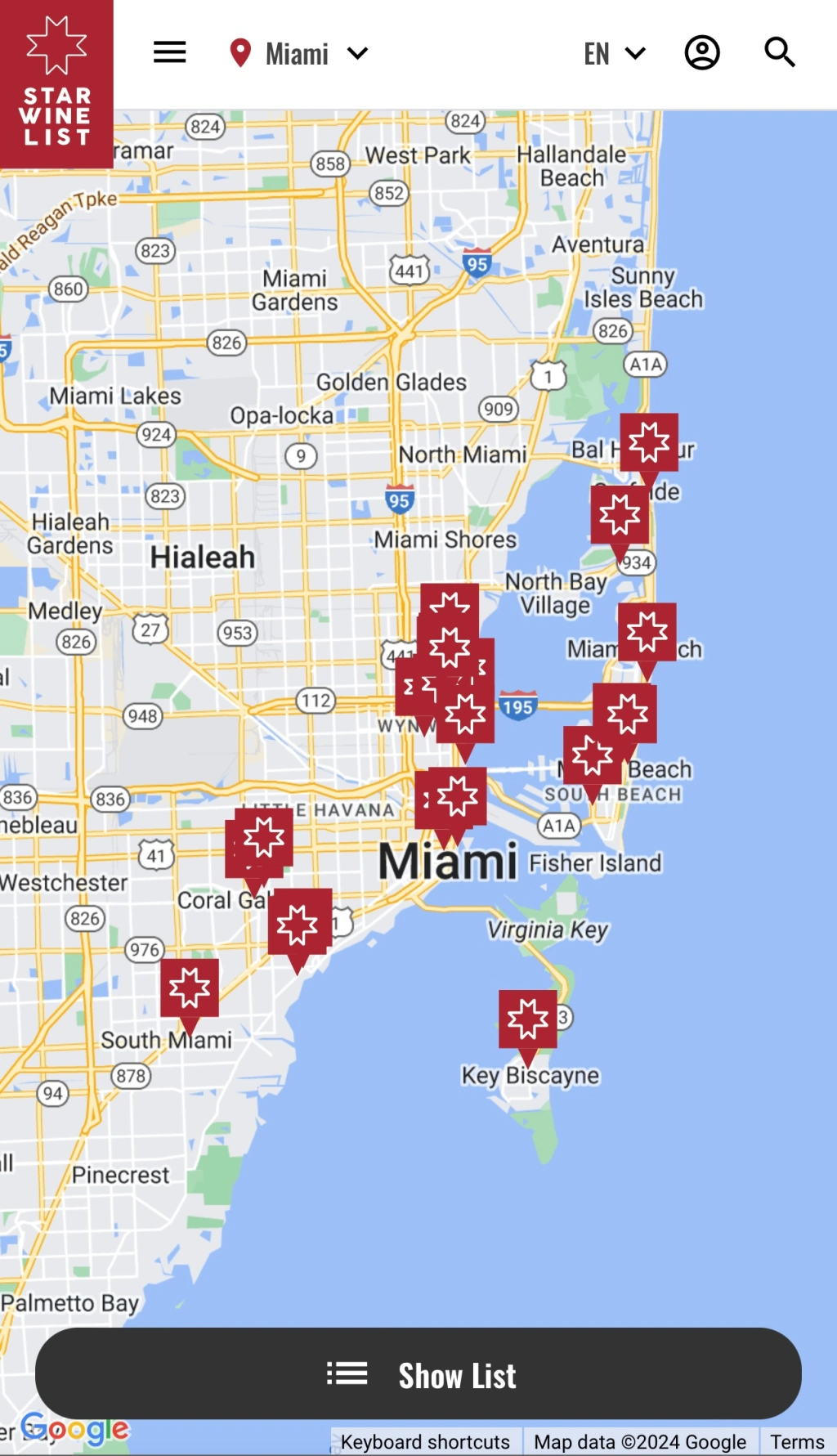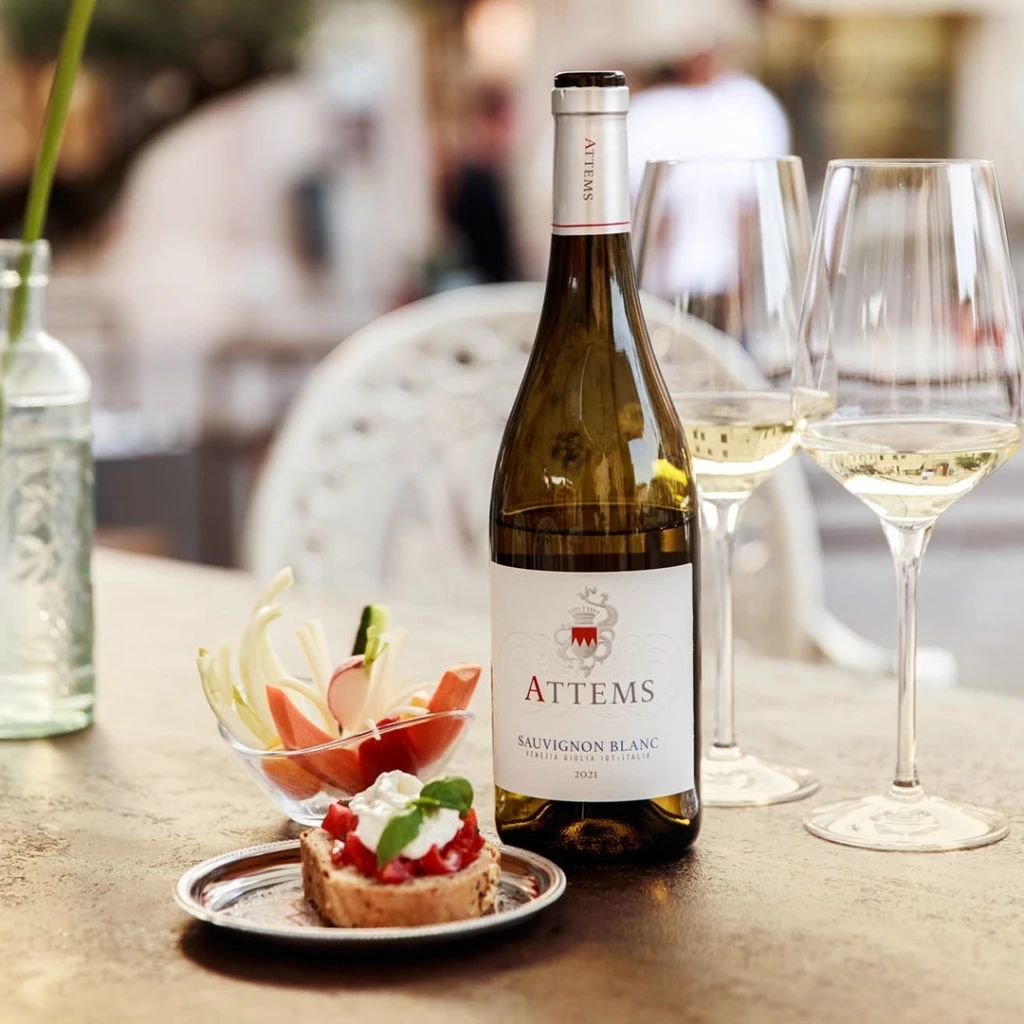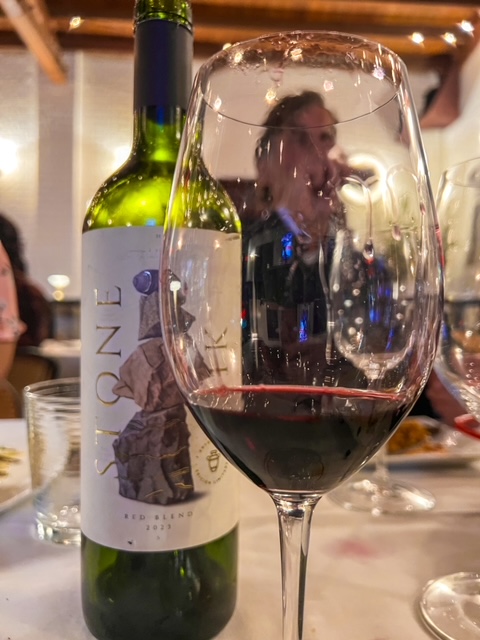As an avid red wine drinker, I usually do not find myself getting all excited about a certain type of white wine. However, it is Hot Hot Hot outside, and the big reds are just not as enticing as they are when the weather is slightly less sticky. So what is my new summertime wine treat? I am loving New Zealand Sauvignon Blancs right now.
Who can resist the grapefruity-citrus chill of a zingingly delightful New Zealand Sauvignon Blanc as you lounge by the pool with sweat dripping down your neck? These white wines are unlike their Sauv Blanc cousins in California. In fact, New Zealand’s take on the varietal produces a much more intense and savory wine. *Not to knock CA wines, because you know I love a rich, full-bodied California Cabernet.
So how did New Zealand become the capital of Sauvignon Blanc? It all started with the success of Cloudy Bay’s 1985 vintage. Cloudy Bay was started as a subsidiary winery to Cape Mentelle in Western Australia. Apparently, Cape Mentelle was failing to produce the Sauv Blancs that it should have been at the time. By chance, the winemakers stumbled upon a bottle of the tropical fruit liquid gold made down in New Zealand, and decided that they, in fact, needed to try a different terroir for this particular grape.
The first vintage in New Zealand was actually vinified under the direction of Cloudy Bay’s first winemaker, Kevin Judd, at a winery in Gisbourne. Grapes were brought in from Corbans. The land for the actual winery in Marlborough was purchased, and vineyards were planted in the following year. However, even today, about half of the grapes come from outside growers. In 1990, Cloudy Bay became part of LVMH when Veuve Clicquot purchased Cape Mentelle.
Sauvignon Blanc is by far the most important varietal in New Zealand, despite the fact that we see Pinot Noir and Chardonnay from the area increasingly blooming in popularity, especially in the Central Otago region. Chardonnay was actually more widely planted back in the 80s, and still is in terms of total acreage, but suffered a decline in popularity when her fruitier nemesis, Sauv Blanc, burst on the scene in ‘85. Marlborough is arguably the most famous Sauv Blanc wine-producing region with the sharpest of styles. Wines from this area typically have strong flavors of citrus on the palate, and herbal, or grassy notes on the nose, making for a truly untamed wine (Sauvignon means “savage”, or “wild” in French). Other areas of the country produce wines with more rounded, pronounced passion fruit and mango flavors.
New Zealand has the coolest climate for wine production in all of the New World. In fact, the Central Otago region in the South Island is the closest wine region to the South Pole. Because there is such a significant temperature difference between the areas in the far north of the North Island, and the Central Otago region, a good vintage in one part of the country does not necessarily mean a good vintage in another area. Marlborough, at the northern part of the South Island, is by far the best known of the wine-producing regions in the country, accounting for 69% of all wine production. Hawke’s Bay and Gisbourne, both on the North Island, come in at a (distant) second and third in production.
Though New Zealand’s wine industry is tiny in comparison to other wine-producing countries, it is hard to deny the scope and popularity of the tropical and vibrant NZ Sauvignon Blanc. Cheers to this summertime wine!
I would love some recommendations for your favorite New Zealand brands.




Leave a comment